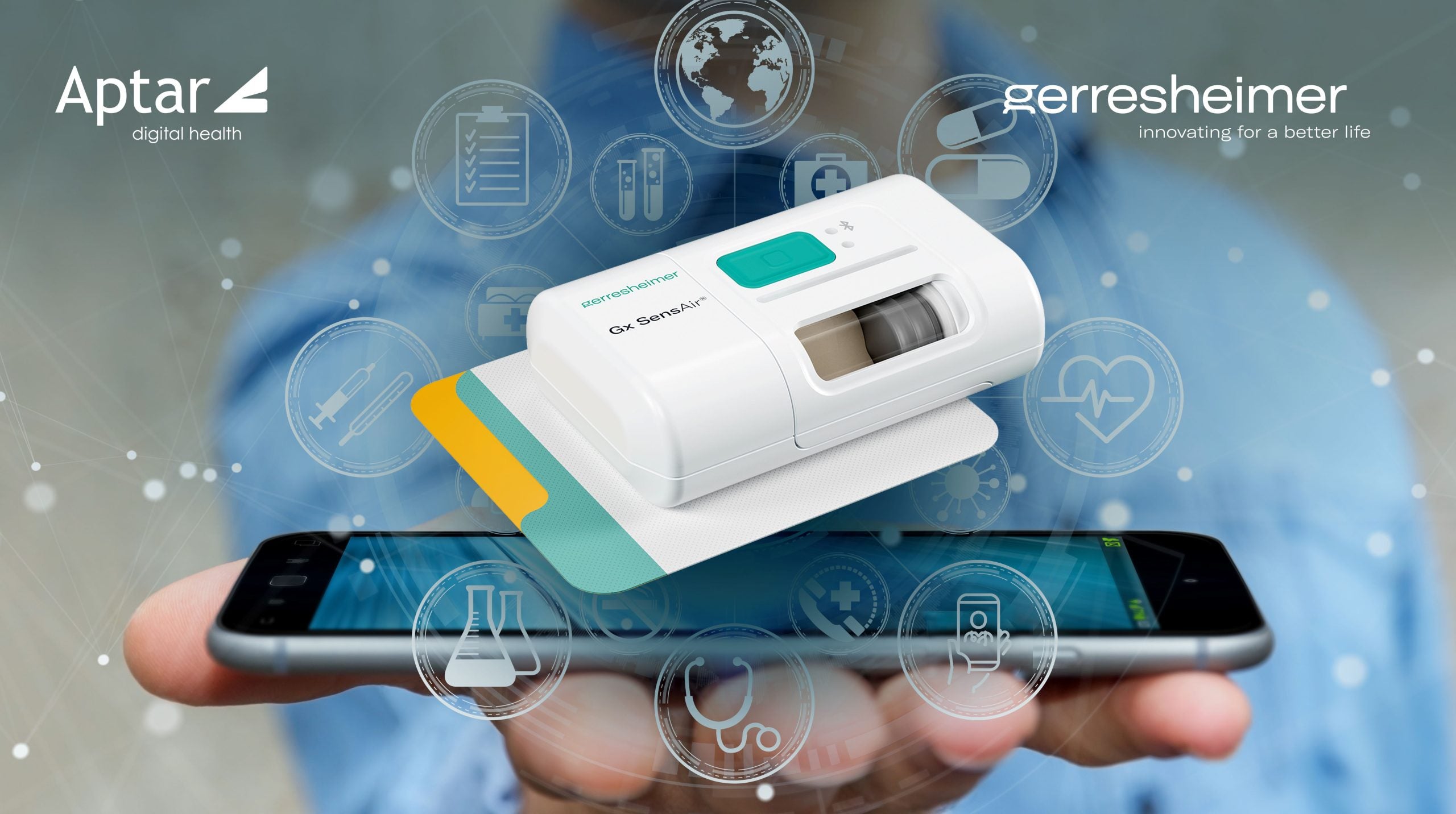
Gerresheimer, an innovative systems and solutions provider and global partner for the pharma, biotech and cosmetics industries, and Aptar Digital Health, a global expert in Software as a Medical Device (SaMD), digital Patient Support Programmes (PSPs) and disease management solutions, collaborate to develop an integrated solution for cancer therapy management. As part of this collaboration, the Gx SensAir on-body drug delivery device will be connected to Aptar Digital Health’s software-as-a-medical device platform to improve the treatment experience and outcomes of cancer patients.
Gx SensAir can be used to administer large molecule biopharmaceuticals subcutaneously. The integrated solution aims to facilitate the onboarding of patients to new therapies, accompany them and help them better manage adverse effects, and make it easier to monitor patients remotely, ultimately improving treatment adherence and clinical outcomes.
“Combining our efforts opens up new exciting possibilities for optimising the respective drug therapy and improving the quality of life for cancer patients,” said Daniel Diezi, vice-president of Digitalisation & New Business Models at Gerresheimer. “This collaboration in oncology will lay the groundwork for Aptar Digital Health and Gerresheimer to potentially expand into other therapeutic areas in the future.”
“We are honored to collaborate with Gerresheimer, a global industrial partner in drug delivery devices,” said Sai Shankar, president of Aptar Digital Health. “By combining our collective and proprietary expertise in device and software engineering, we believe this collaboration has the potential to deliver innovative solutions for patients, healthcare providers and the healthcare industry.”
Enhancing patient experience
Both companies believe that patient experience in oncology can be improved with innovative subcutaneous injection devices and digital platforms. For pharmaceutical companies, this collaboration is an opportunity to offer a patient-centric solution, and tackle challenges such as treatment interruptions or discontinuations related to administration issues or adverse effects. It also supports the transition from intravenous to subcutaneous administration of oncology drugs.
Support and accompaniment of immunotherapies
The integrated solution will first be designed for targeted anticancer therapies such as PD-1/PDL-1, CTLA-4, with the potential to expand to all therapies delivered subcutaneously.

